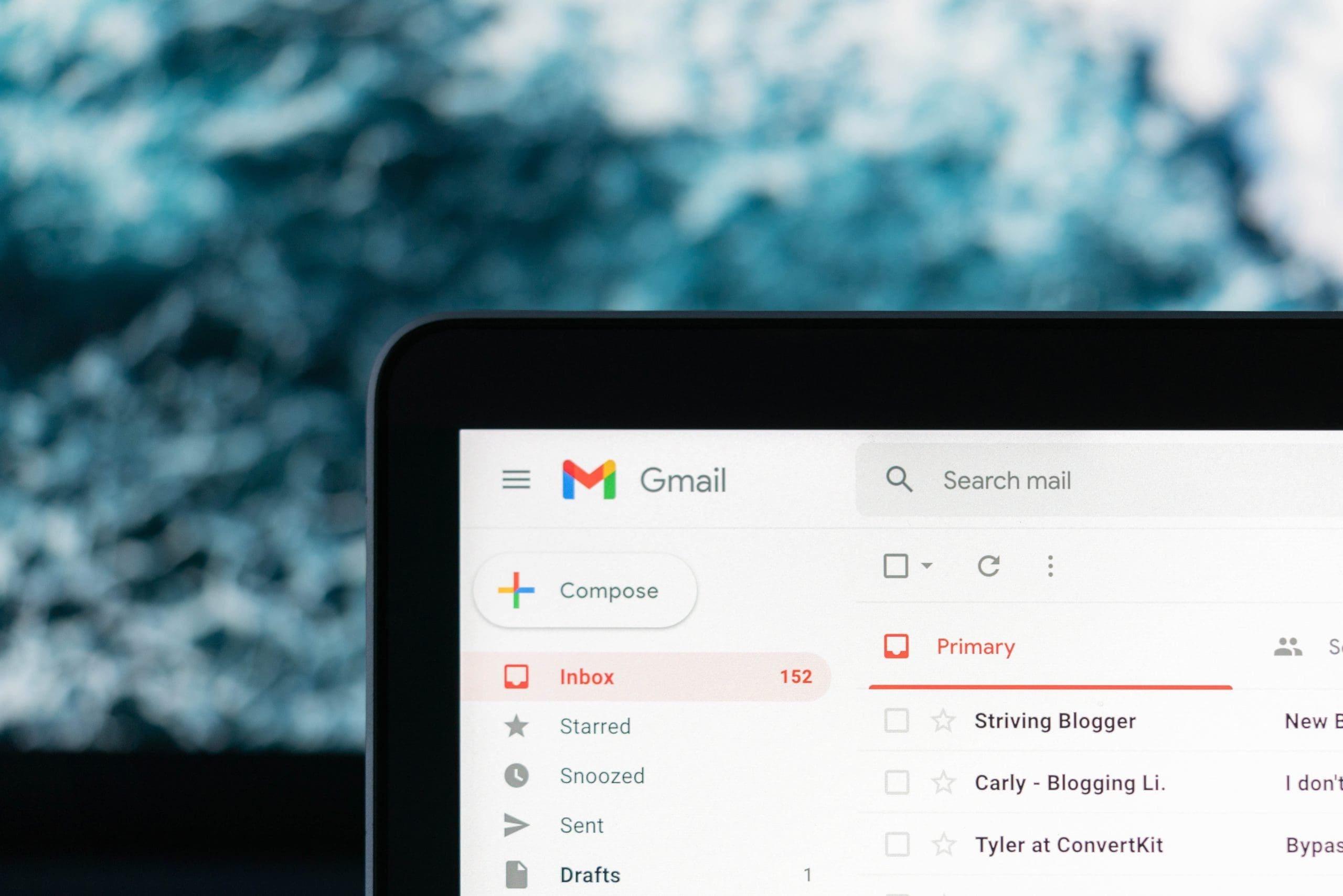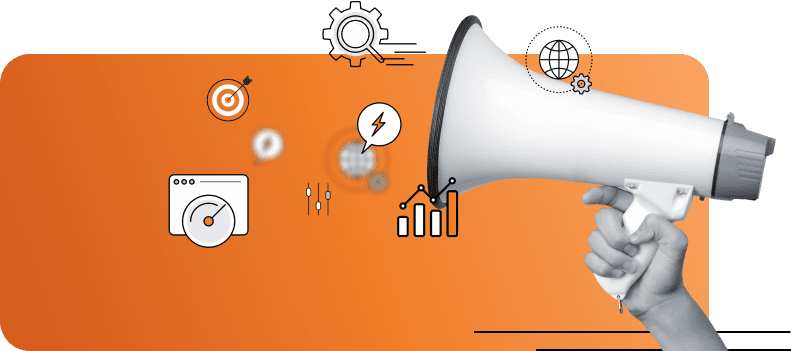Are you tired of the same unwanted emails clogging up your inbox every week? Do those pesky notifications for newsletters, offers, and other promotional content grate on your nerves? Well, worry no more!
Unsubscribing from these unwanted subscriptions can be made much easier with the right tactics.
Get ready to say goodbye to spam emails for good, we’ll take you through all the ins and outs of email unsubscribing from the basics: unsubscribe definition to the complex: process automation, so that you never have to scroll past annoying spam again!
Define Unsubscribe to Email and How Does it Work
Email unsubscribing is the process of opting out of receiving future emails from a sender. It can be done directly in each email, or via a list viewed from an account settings page.
Unsubscribe means canceling or ending a subscription you have with that entity. In terms of email, it means an email service provider will no longer send emails to the user who has opted to unsubscribe.
An unsubscribe option can be found in two places: embedded in the body of an email sent by the company, usually at the very end of the email, or via the website by going through your account settings and tapping into a subscription management page.
Crucial Benefits of Email Unsubscribing
Unsubscribing from emails is an automated way to inform a sender that you no longer wish to receive their communications. This meaning of unsubscribing is crystal clear; it is the ultimate word of choice when intending to opt out of emails promptly and permanently.
Additionally, there are multiple advantages associated with actively unsubscribing from emails for the user. Knowing how to do this correctly prevents clogging up one’s mailbox, safeguards personal information, and helps maintain healthy digital records.
Unsubscribing has numerous essential benefits in terms of safeguarding your online account and privacy settings.
Guidelines for Choosing the Right Emails to Unsubscribe From
Managing our overflowing inboxes can be overwhelming, but it’s part of life in the digital age. One important way to help with this task is to learn how to unsubscribe from emails you no longer want or need.
But just how do you determine which ones to keep and which ones to cancel? Start by deciding what cancellation means for you; in other words, ask yourself if getting a particular email will still add value, or if there are too many similar messages that are cluttering up your space.
Also, consider the originator: if they are sending too many emails or aren’t providing content that is useful to you, then those could be signs that an unsubscribe is in order.
Finally, take a look at the ways you can easily manage your subscriptions such as using filters and creating rules within your email client program so your inbox only displays the truly important content.
Tips and Tricks for Creating an Effective Unsubscribe Process
Unsubscribe is a term used to denote the action of opting out of newsletters, promotional emails, or other forms of communication that you have previously or initially consented to. Unsubscribe means opting out and canceling your subscription with the platform or sender.
To create an effective unsubscribe process it is important to provide users with an easy-to-find unsubscribe button to not make them search for it over multiple pages. Unsubscribing should flow naturally with no extra effort required from the user.
Still, once a subscriber has clicked “unsubscribe” it is important to have a pop-up message confirming their opt-out request so they can be sure that they won’t receive any more messages from this sender.
Unsubscription should be quick, and easy and ensure a good customer experience when leaving the platform. If the process has too many steps or the customer can’t easily find the unsubscribe they will likely mark the emails as spam which will hurt your deliverability.
Must-Know Strategies for Keeping Spam at Bay
Keeping up with our modern day and age, unwanted emails known as ‘spam’ have become a regular nuisance. If you are looking for strategies to keep spam content away from your inbox, look no further.
Canceling means both canceling a subscription, as well as providing any verification that emails service providers require to confirm the cancellation of said emails.
In addition, it is also important to clearly define which types of emails should be unsubscribed from, doing this not only allows you to maintain control over what appears in your inbox but can ensure your privacy remains intact.
How to Automate Your Unsubscription Process to Make It Easier
Unsubscribing from a service or email list is an easy and efficient way to keep your inbox organized and up-to-date with the content that you want to receive. Automating the process is even more convenient, as it takes the hassle out of manually unsubscribing from each service or list.
There are several steps involved in creating an automated system for unsubscribing, such as identifying all services for which you have subscribed and sending out removal requests. Cancellation means an assurance that you no longer receive any emails from these services.
Creating an automated unsubscribe process makes it faster and simpler to stick to keeping only the communication that interests you most.
Email unsubscribing is an art, but it doesn’t have to be a tedious one. It’s essential to master the skill of weeding through subscriptions if you want to stay organized and productive with your emails.
It can take some time, but once you’ve rooted out the emails that are cluttering your inbox, email management becomes much more enjoyable.
Keep these tips and tricks in mind for effective and efficient email unsubscribing and you’ll quickly see your quality of life improving exponentially.
Don’t forget about automation, by setting up safeguards for yourself, you’ll never have to worry about spam clogging up the system again.









